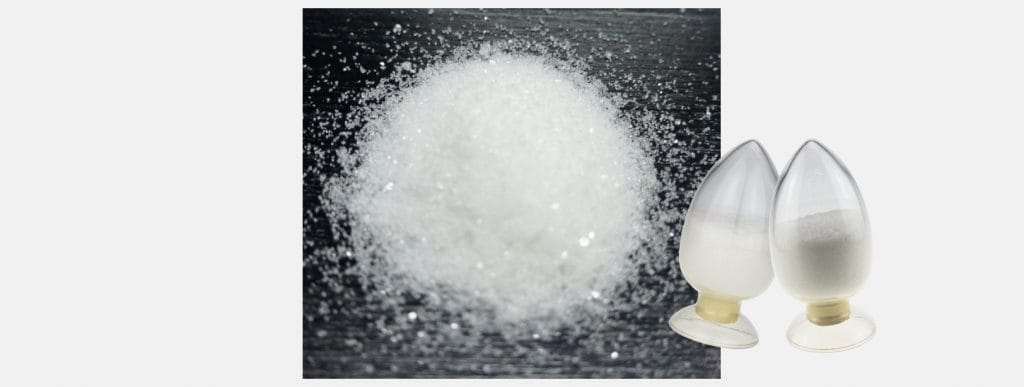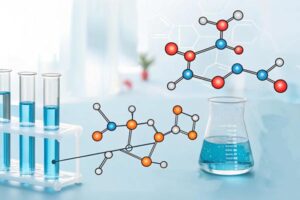What is Polyurethane (PU)?
Polyurethane (PU), known as polyurethane, is a generic term for macromolecular compounds with repeating urethane groups (-NCO)in the main chain. Polyurethane can be manufactured in a variety of ways by changing the type and chemical structure of the raw material, the specifications and the proportion of the formulation.

The origins of polyurethane begin with isocyanates. Organic isocyanates are compounds that do not exist in nature and were first synthesised in 1849 by the German chemist Wurtz using alkyl sulphates in a complex decomposition reaction with potassium cyanate to form alkyl isocyanates. At the time, no suitable use was found for the isocyanate, let alone the addition of cyanate to the reaction, which was found to produce various polyurethane and polyurea compounds, but was of little practical use.
Almost a century later, in 1937, in the laboratory of I.G. Farben in Leverkusen, Germany, the chemist Otto Bayer and his colleagues applied the principle of addition polymerisation to produce a new material using liquid isocyanates and liquid polyethers or diol polyesters, different from the plastics produced by polyolefins and condensation that had been discovered at the time, which was polyurethane. 1941 ~1942 The initial polyurethane production technology began to be developed with the establishment of a 1,200 tonne/year polyurethane plant by the German company Bayer, and began to develop in Europe and the USA, while gradually spreading to other countries and regions.
Polyurethane adhesives and sealants are one of the application forms of polyurethane materials and can be widely used in many fields such as electronics and electrical appliances, construction and building materials, automotive and transportation, etc. They are a fast-growing segment of polyurethane.
What is Polyurethane (PU) adhesives ?
PU adhesive is a type of adhesive made from PU. It is mainly used in shoe manufacturing, packaging, automotive, magnetic recording materials and other fields
Characteristics of polyurethane adhesives
1、Strong adhesive force, high initial adhesive force, wide range of application
As the -NCO in the molecular chain of polyurethane adhesives can react with a variety of functional groups containing active hydrogen to form interfacial chemical bonding, so it has strong adhesion properties to a variety of materials. It can not only bond porous materials, such as foam, ceramics, wood, fabrics, etc., but also bond a variety of metals, inorganic materials, plastics, rubber and leather, etc. It is an adhesive with a wide range of applications.
2, outstanding low temperature resistance
In the very low temperature, the general polymer materials are transformed into the glass state and become brittle, and polyurethane adhesive even in -250 ℃ below can still maintain a high peel strength, while its shear strength as the temperature decreases, but a substantial increase.
Disadvantages of polyurethane adhesives
1. not resistant to hydrolysis
In high temperature and high humidity environments, PU tends to hydrolysis and fracture, greatly affecting the service life of the adhesive. But adding anti-hydrolysis agent or cross-linking agent can be a good solution to this problem.
Carbodiimide anti-hydrolysis agents can repair the broken molecular chain structure and prevent further hydrolysis reactions from occurring, thus extending the service life of the product. In the shoe sole industry, the service life of the shoe is greatly influenced by the anti-hydrolysis property of PU raw materials.







